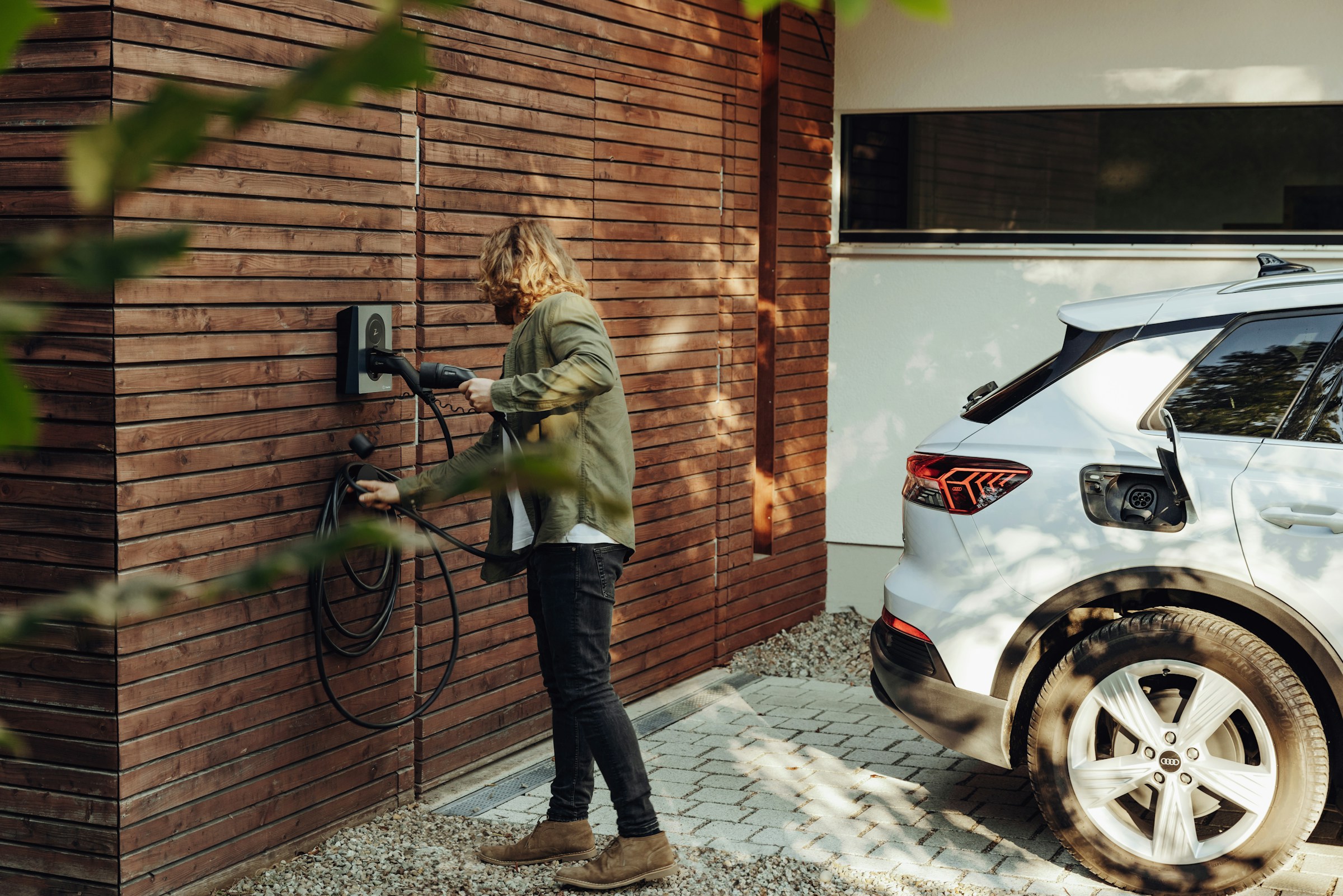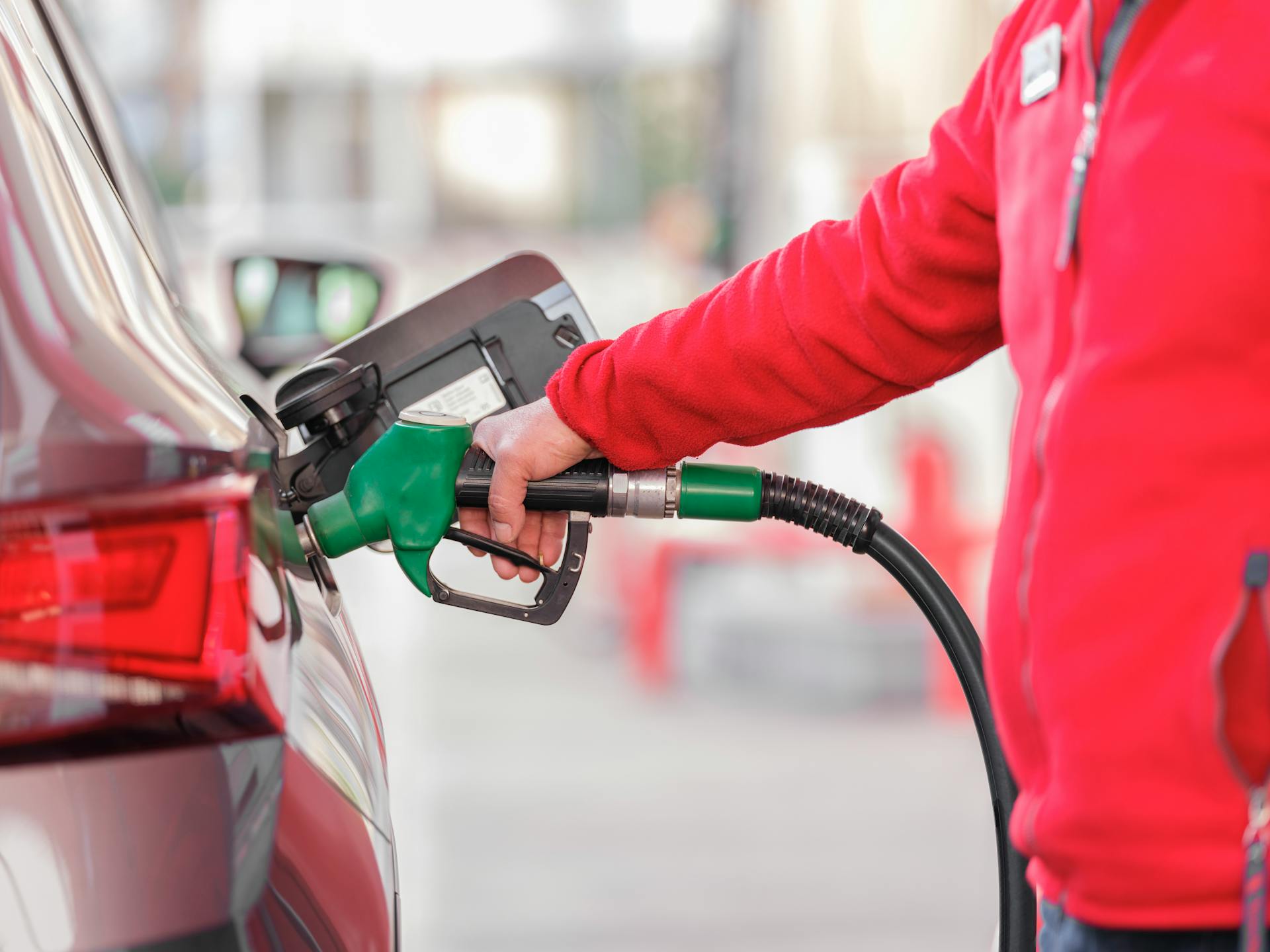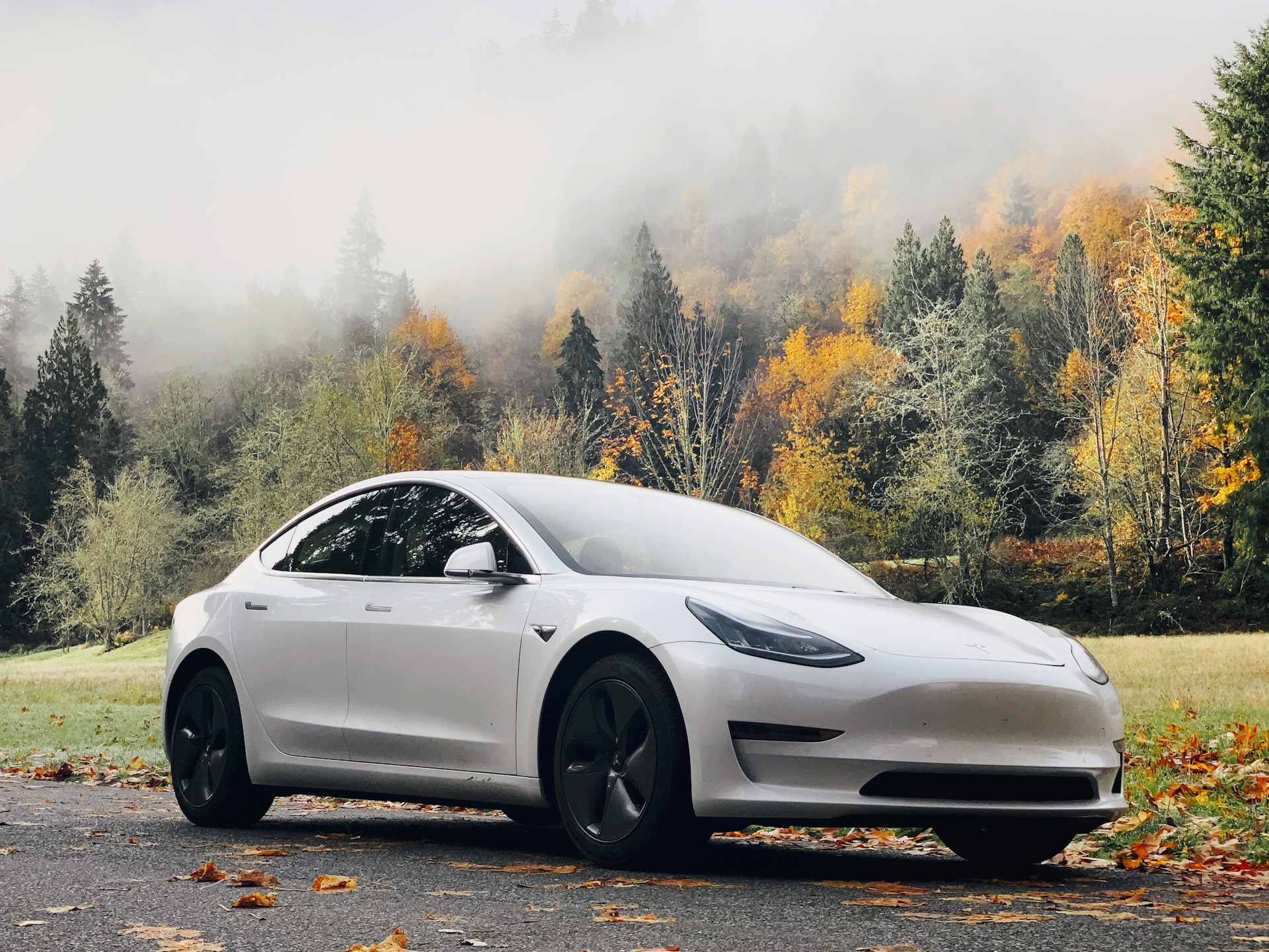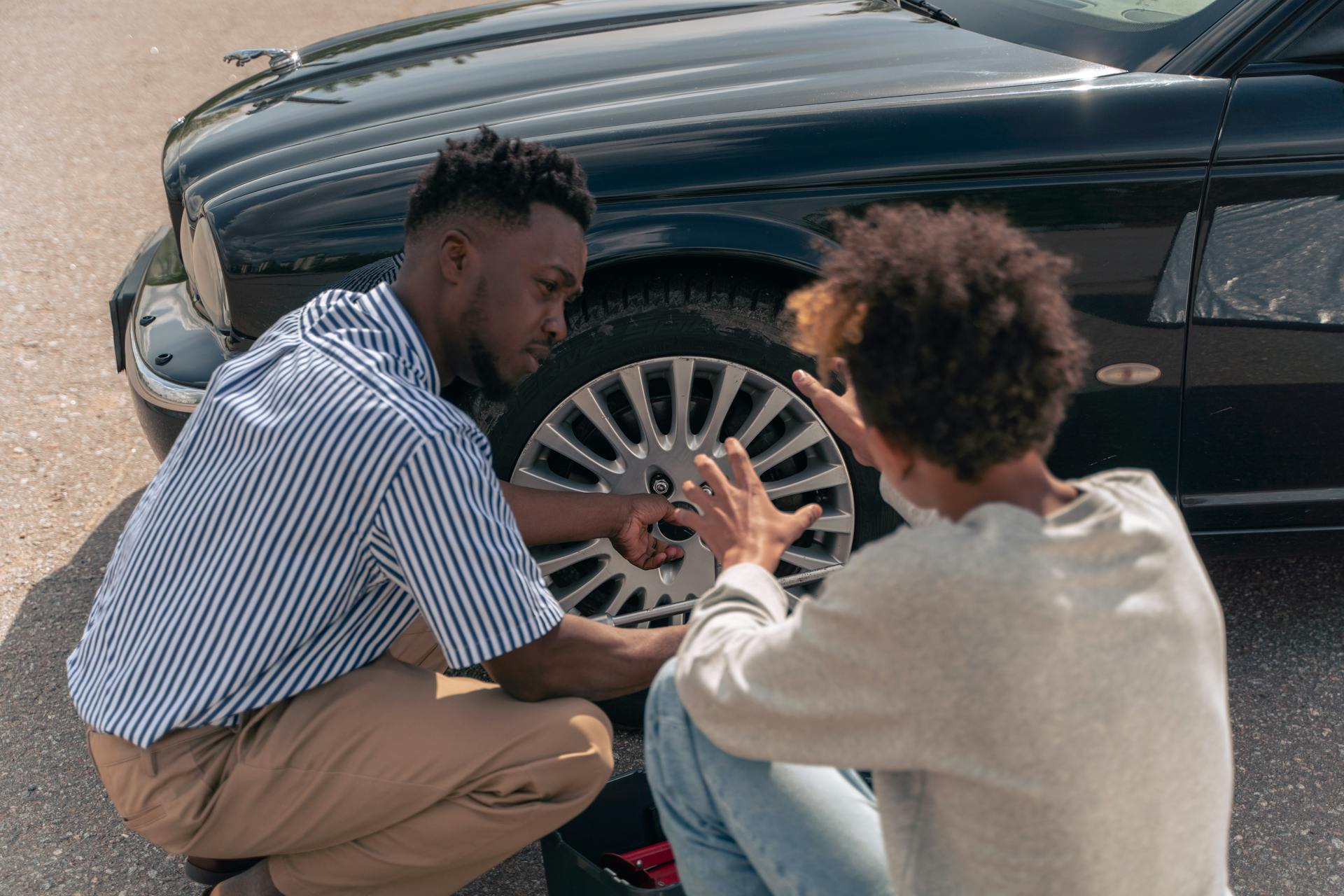Electric vehicles (EVs) are changing the driving landscape, but many wonder if traditional fixes like jump-starting work. Can you jump-start an EV, and how do its batteries function? This guide provides clear answers and practical tips for EV owners facing starting issues. Let’s explore the details!
Understanding Electric Car Batteries
Electric cars rely on two batteries: a high-voltage battery powers the motor, and a 12-volt battery runs accessories like lights and wipers. The high-voltage battery drives the vehicle, while the 12-volt battery activates its systems. A failure in either can stop your EV from starting.
-
High-Voltage Battery Basics: Typically lithium-ion, this battery stores energy for long ranges. It’s sealed and managed by advanced systems for safety and efficiency. Unlike gas car batteries, it’s not designed for jump-starting due to its complex, high-power setup.
-
12-Volt Battery Role: The 12-volt battery powers electronics and “wakes” the EV. If it dies, the car won’t start, even with a charged high-voltage battery. Understanding this distinction helps you troubleshoot issues quickly.
Knowing these batteries’ roles is key to diagnosing problems. A dead 12-volt battery is often the culprit behind starting issues, not the high-voltage one. This knowledge guides you to the right fix without wasting time.
Can You Jump Start an Electric Car?
You can jump-start an EV’s 12-volt battery, but not the high-voltage one. A dead 12-volt battery prevents the car from activating. Using jumper cables or a portable jump-starter can solve the issue, provided you follow the car’s manual carefully.
Safe Jump-Starting Steps
- Locate the 12-volt battery, often in the trunk or frunk.
- Connect positive to positive, negative to a grounded metal surface.
- Follow the manual to avoid damaging sensitive electronics.
Limitations
Jump-starting won’t fix a drained high-voltage battery. You’ll need a tow to a charging station for that. Always confirm the issue before attempting a jump-start to avoid errors.
If jump-starting fails or warning lights persist, stop and seek professional help. Incorrect methods can harm the EV’s systems, so caution is essential for a safe and effective process.
Common Reasons an EV Won’t Start
A dead 12-volt battery is a common reason an EV won’t start. Leaving lights or infotainment systems on can drain it over time. Since it powers startup systems, a dead battery stops everything, even if the high-voltage battery is charged.
-
Charging System Issues: A faulty cable or charging station can prevent the high-voltage battery from charging. This leaves the car unresponsive. Regularly inspect your equipment to catch problems early.
-
Software Glitches: EVs depend on software to manage systems. A glitch can lock the car in a dormant state, requiring a reset or professional diagnostics. Updating software regularly reduces this risk.
Extreme temperatures impact both batteries. Cold slows chemical reactions, reducing efficiency, while heat can degrade batteries over time. Parking in a garage or using climate control features helps protect them from harsh conditions.
Safety Tips for Jump-Starting an EV
Always check your EV’s manual before jump-starting. Each model has specific instructions, and wrong methods can damage electronics. Locate the 12-volt battery and follow the manufacturer’s steps to ensure a safe and successful process.
Use Quality Tools
- Choose high-quality jumper cables or a portable jump-starter (1000 peak amps minimum).
- Ensure the donor vehicle’s engine is off to avoid voltage spikes.
- Connect cables correctly to prevent system damage.
Avoid High-Voltage Risks
Never touch the high-voltage battery. It’s dangerous and requires professional handling. Focus on the 12-volt battery and get help if you’re unsure.
After jump-starting, drive or charge the EV to stabilize the system. Monitor for warning lights. If problems continue, contact a professional to diagnose potential underlying issues.
Alternatives to Jump-Starting
A portable battery charger can recharge the 12-volt battery without needing another vehicle. These compact devices are ideal for emergencies. Keeping one in your car ensures you’re ready for unexpected battery issues.
Many services specialize in EVs, offering safe solutions for battery problems. They can jump-start or tow your car to a charger or repair shop as needed.
If the high-voltage battery is drained, towing to a charging station is the only fix. Apps like PlugShare help locate nearby chargers. Planning routes with charging stops prevents this problem.
Some EVs have a “limp mode” for limited driving with a low battery. Check your manual to see if this feature exists and how to activate it in emergencies.
Maintaining Your EV’s Battery Health
Regularly check the 12-volt battery’s condition. Many EVs alert you to low levels, but periodic tests with a multimeter or professional inspection ensure reliability. Early detection prevents unexpected failures on the road.
-
Keep It Plugged In: Plug in your EV when not in use, especially in extreme weather. This maintains both batteries’ charge and prevents degradation. EVs manage charging automatically for convenience.
- Update your EV’s software regularly: Manufacturers release updates to optimize battery performance and fix glitches. Connect to Wi-Fi or visit a service center to keep your system up to date.
-
Avoid Deep Discharges: Don’t let the high-voltage battery drop below 20%. Frequent deep discharges shorten its lifespan. Plan trips with charging stops to maintain battery health and extend range.
Tools Every EV Owner Should Have
A portable jump-starter is a must for EV owners. With at least 1000 peak amps, it can revive a dead 12-volt battery without another vehicle. It’s compact and reliable for emergency situations.
-
Quality Charging Cable: A Level 2 charger speeds up home charging and reduces battery strain. Store it properly to avoid damage and ensure consistent performance.
- Multimeter: It helps monitor the 12-volt battery’s voltage. Regular checks catch issues early, preventing breakdowns. It’s easy to use with basic guidance or professional help.
-
Emergency Kit Essentials: Carry cones, flares, and a flashlight for safety if stranded. Include a first-aid kit for added preparedness.
When to Call a Professional
If jump-starting doesn’t work, call a professional. Persistent issues may signal problems with the 12-volt or high-voltage battery. Certified technicians have specialized tools to diagnose and fix EV-specific issues safely.
Software glitches often need expert attention. A reset or update at a dealership or certified shop can restore functionality. Avoid DIY fixes to prevent further system damage.
Never attempt repairs on the high-voltage battery. It’s complex and hazardous. A tow to a certified service center is the safest solution.
Regular maintenance by professionals prevents starting issues. Annual inspections catch problems early, keeping your EV reliable and extending battery life.
Charging Tips for EV Owners
Plan trips with charging stops to avoid draining the high-voltage battery. Apps like PlugShare or ChargePoint locate nearby stations, ensuring you’re never stranded. Fast chargers restore power quickly for convenience.
For Home Charging Setup, use a Level 2 charger for faster, battery-friendly charging. Install one at home for daily convenience and long-term battery health.
Monitor your EV’s charge level regularly. Most models display battery status on the dashboard or app. Staying above 20% prevents strain and extends the high-voltage battery’s lifespan.
Extreme weather affects battery performance. Charge more frequently in cold or heat, and use a garage or covered area to protect your EV from harsh conditions.
Myths About EV Jump-Starting
- Many think EVs can’t be jump-started at all. This is false; the 12-volt battery can be jump-started like in gas cars. However, care is needed to avoid damaging electronics, so always follow the manual.
-
Jump-Starting Fixes Everything! Jump-starting only addresses 12-volt battery issues. High-voltage battery or software problems need towing or professional diagnostics, not a simple jump.
- Some believe jump-starting an EV is identical to a gas car. EVs have unique systems, so incorrect methods can cause damage. Consulting the manual or a professional ensures safety.
Conclusion
Jump-starting an EV’s 12-volt battery is possible, but high-voltage issues require towing or professional help. Regular maintenance, smart charging, and the right tools keep your EV reliable.
For expert roadside support, our jump start professionals provide fast, dependable assistance to get you back on the road quickly.







